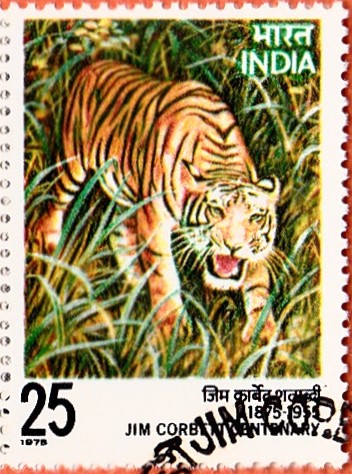
Jim Corbet
A commemorative postage stamp on the Birth Centenary of Edward James Corbett, a British hunter, author and conservationist, hunted a large number of man-eating tigers & leopards in India :
 Issued by India
Issued by India
Issued on Jan 24, 1976
Issued for : The Posts & Telegraphs Department is privileged to issue a commemorative stamp in honour of Jim Corbett during the year of his birth centenary.
Description of Design : The design of the stamp is vertical and depicts a tiger.
Type : Stamp, Postal Used
Colour : Multi-colour
Denomination : 25 Paise
Overall size : 3.91 X 2.90 cms.
Printing size : 3.56 X 2.54 cms.
Perforation : 13 x 13
Watermark : Printed on unwatermarked adhesive stamp paper
Number printed : 30,00,000
Number per issue sheet : 35
Printing process : Photogravure
Designed and printed at : India Security Press
Name : Edward James Corbett
Born on Jul 25, 1875 at Nainital, United Provinces, British India [now in Uttarakhand]
Died on Apr 19, 1955 at Nyeri, Kenya
About :
- Edward James Corbett alias Jim Corbett, as he is widely known, was born at Nainital on July 25, 1875. His father, Christopher Corbett, was a Post Master at Nainital. Jim got his schooling at Nainital and studied up to Matric. He spent most of his holidays at the family’s winter home at Kaladhungi, 15 miles from Nainital in the foothills. It was in Kaladhungi and its surrounding forests that Jim Corbett learnt all he knew about the jungle.
- Jim Corbett got a job in the Railways at Mokameh Ghat in Bihar at the age of 18. He worked as Fuel Inspector and later as Assistant Station Master and Store Keeper. Thereafter, he became a labour contractor. At the time of the First World War, he got recruited 500 men of Kumaon and took them to France. In 1920, he returned to Nainital. He was a Member of the Municipal Board, Nainital from 1920 to 1944. During the Second World War, he gave Jungle Warfare Training to the soldiers.
- While living at Mokameh Ghat, Jim Corbett used to go to Kumaon to kill man-eaters. He had an excellent knowledge of Kumaon forests and was well-conversant with its wild life. He could call animals by imitating their calls. His shooting was confined to killing of man-eating tigers and leopards. During his hunting career, he shot dead 12 man-eaters which had killed at least 1500 persons among the villages of Kumaon.
- Jim Corbett was a great lover of wild life. He repeatedly stressed the fact that unless wounded or attacked, wild animals seldom or never caused harm to any one. He disliked killing animals except out of necessity. He formed a Society to preserve India’s wild life and published a magazine called ‘Indian Wild Life‘. Through his efforts, a game sanctuary was established in Garhwal known as Hailey National Park. This was re-named in 1957 as Corbett National Park in recognition of his services for preservation of wild life.
- Jim Corbett was a good writer. His writing was fluent, interesting and powerful. He wrote six books – Man–eaters of Kumaon, My India, Man–eating Leopard of Rudraprayag, Jungle Lore, Temple Tiger and Tree Tops. These books became very popular. He spent the major portion of his royalty from these books on the blind in England and India. He also used to distribute medicines to the sick people in Kumaon and took interest in their welfare.
- Jim Corbett migrated to Kenya, along with his sister Maggie, in 1947. He died at Nyeri in Kenya on April 19, 1955 at the age of 80. The Govt. of Uttar Pradesh has acquired his house at Kaladhungi and has maintained it as a Museum.


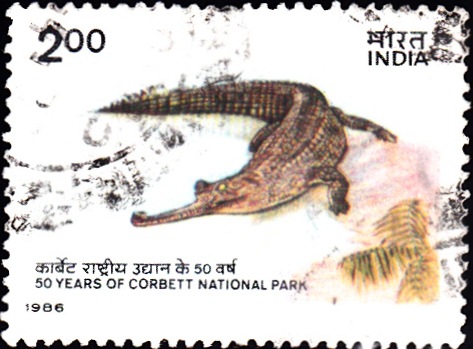
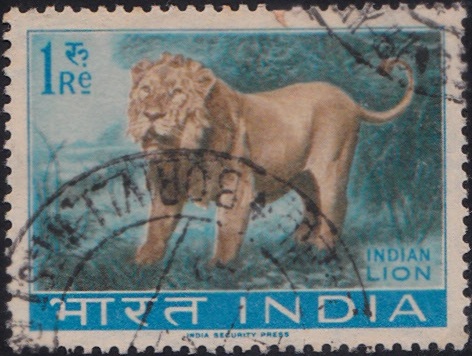
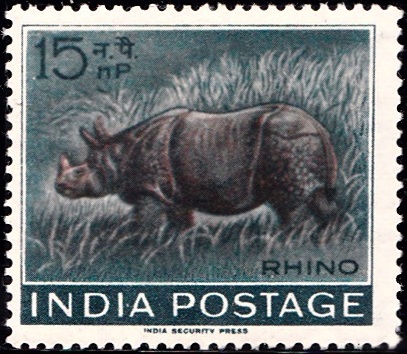

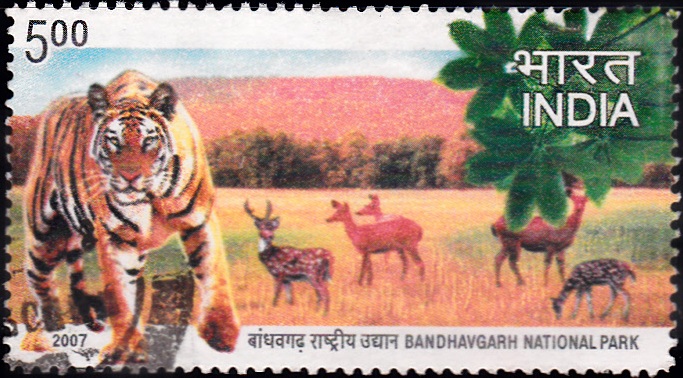
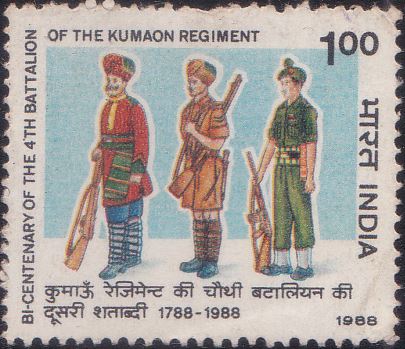
[…] creation of this park. It was renamed the Ramganga National Park after independence. Considering Jim Corbett’s special contribution in creation of this park, its name was again changed to Corbett National […]